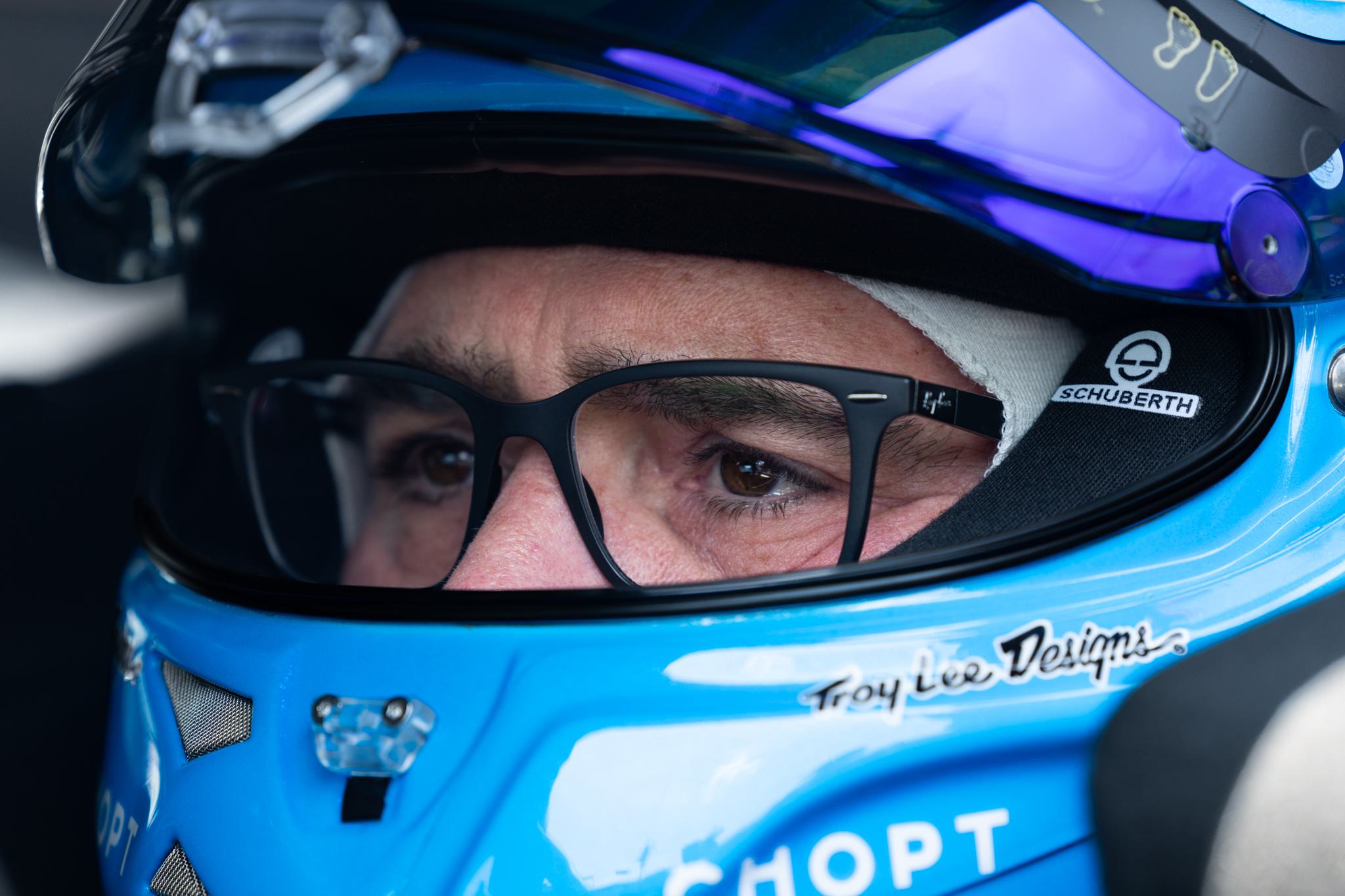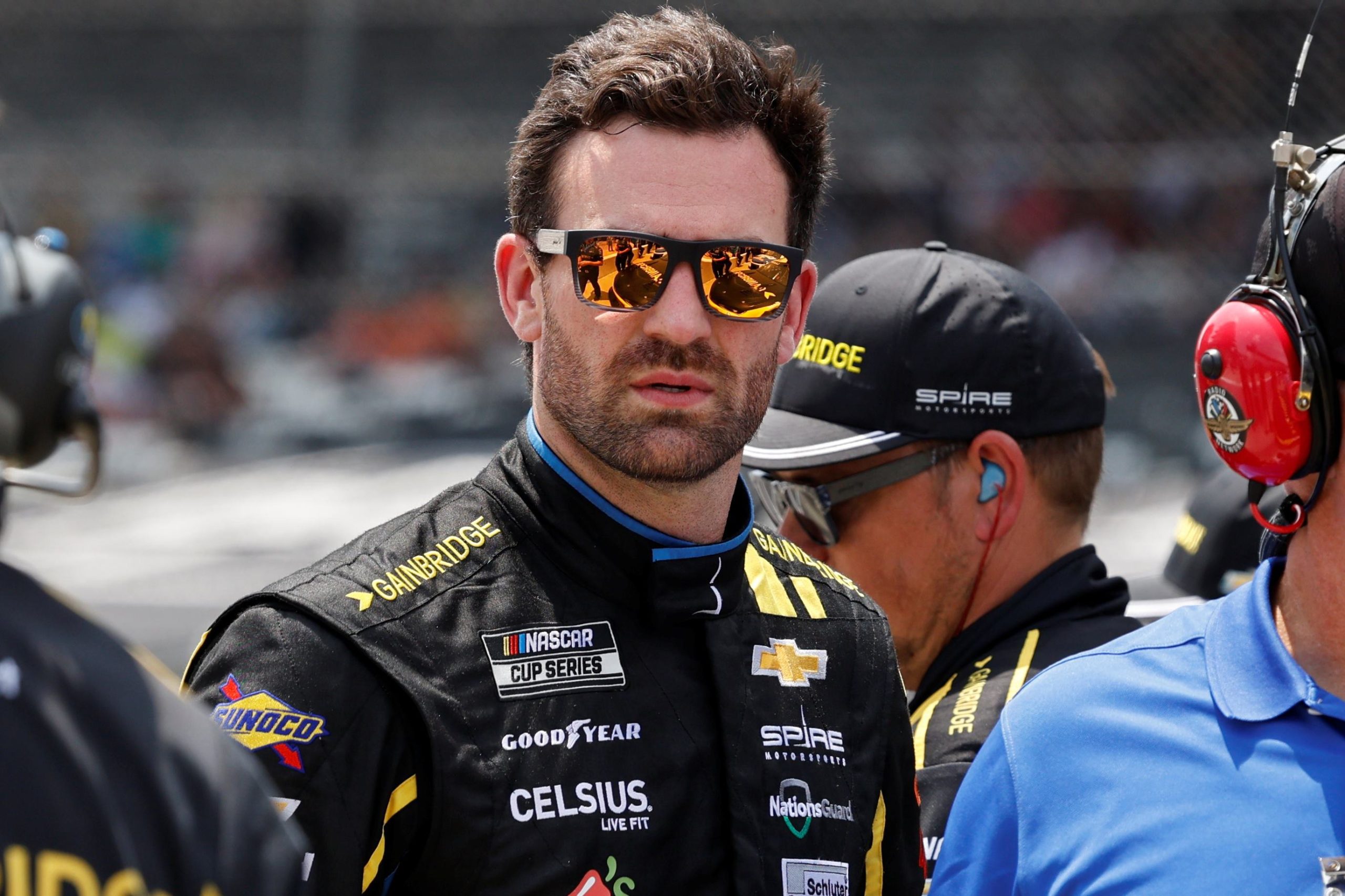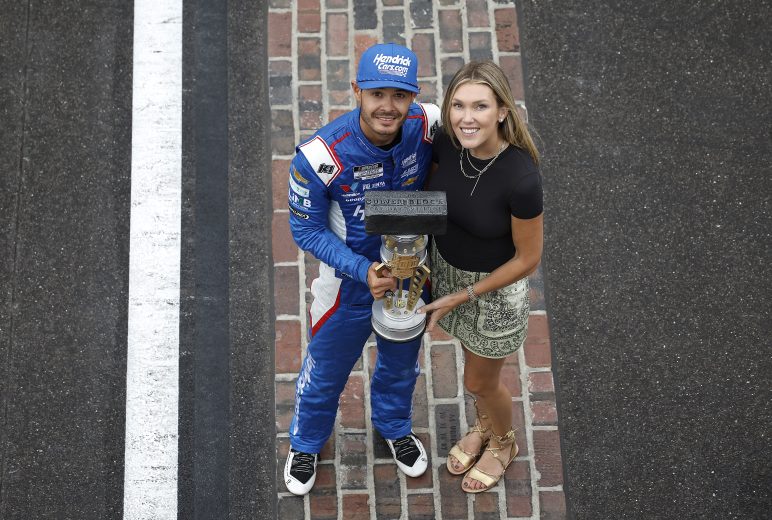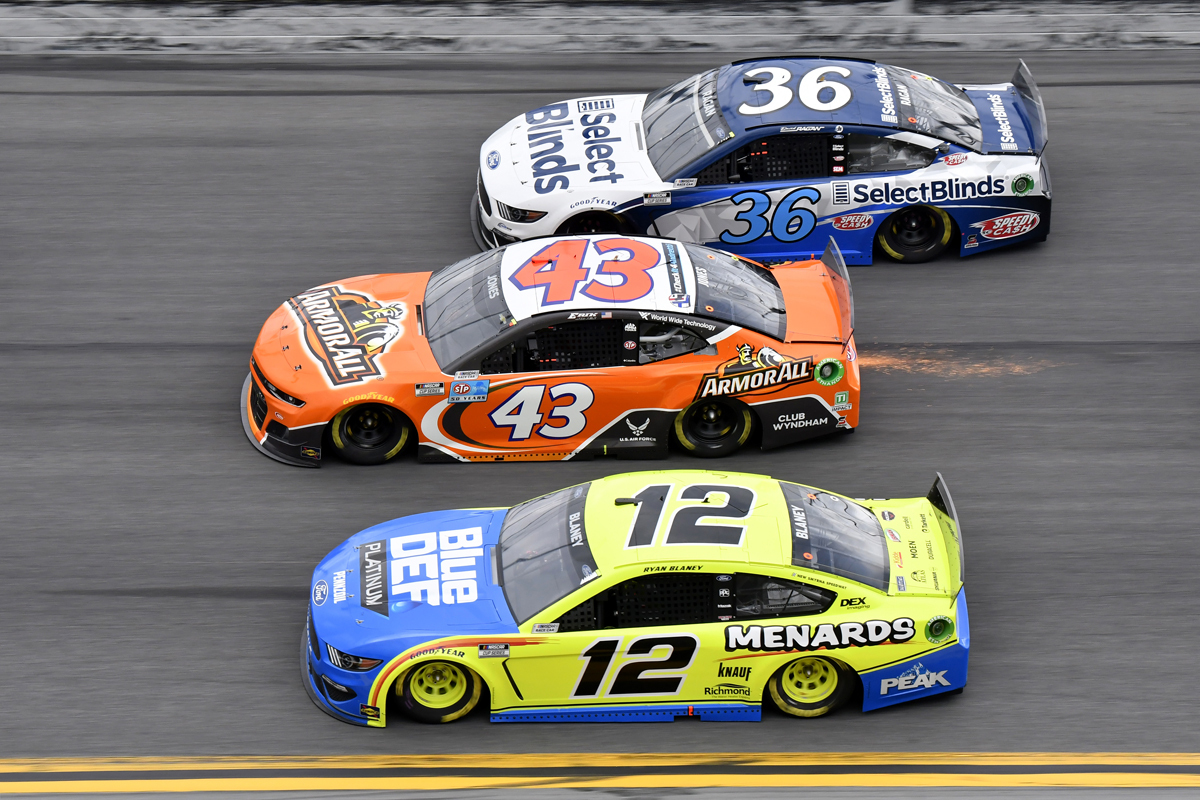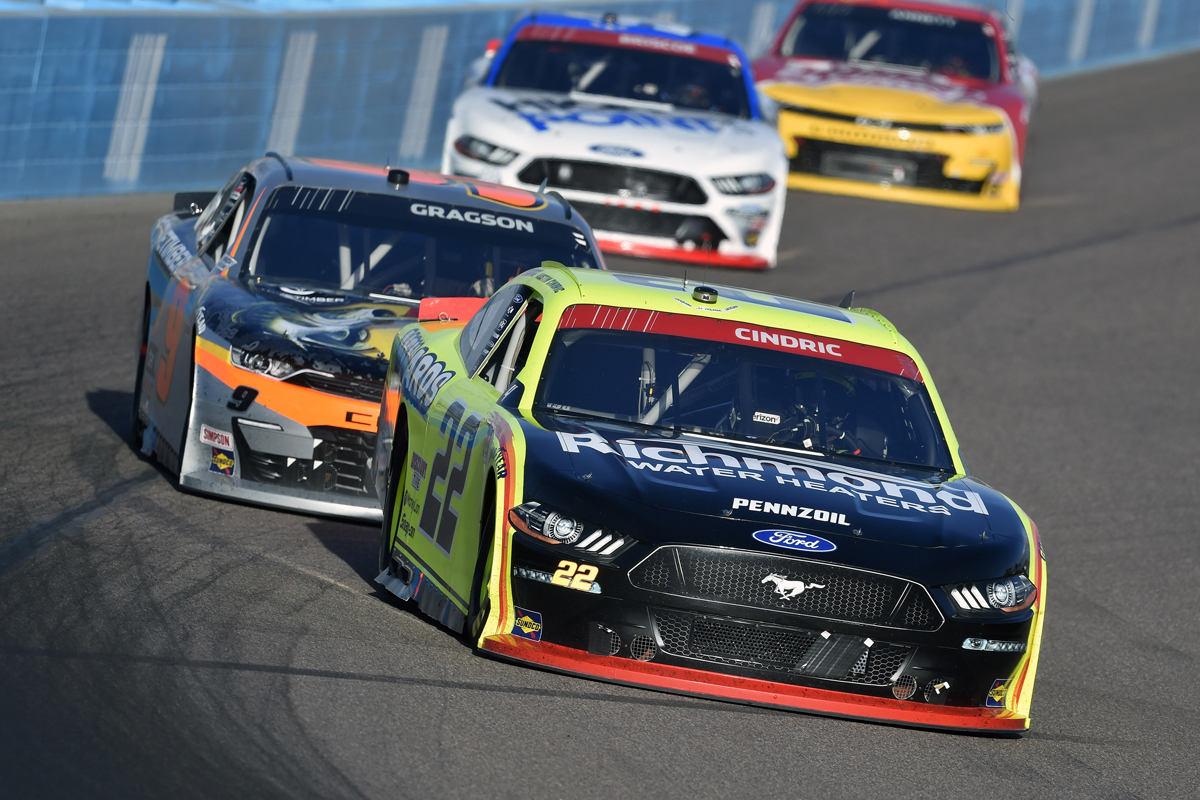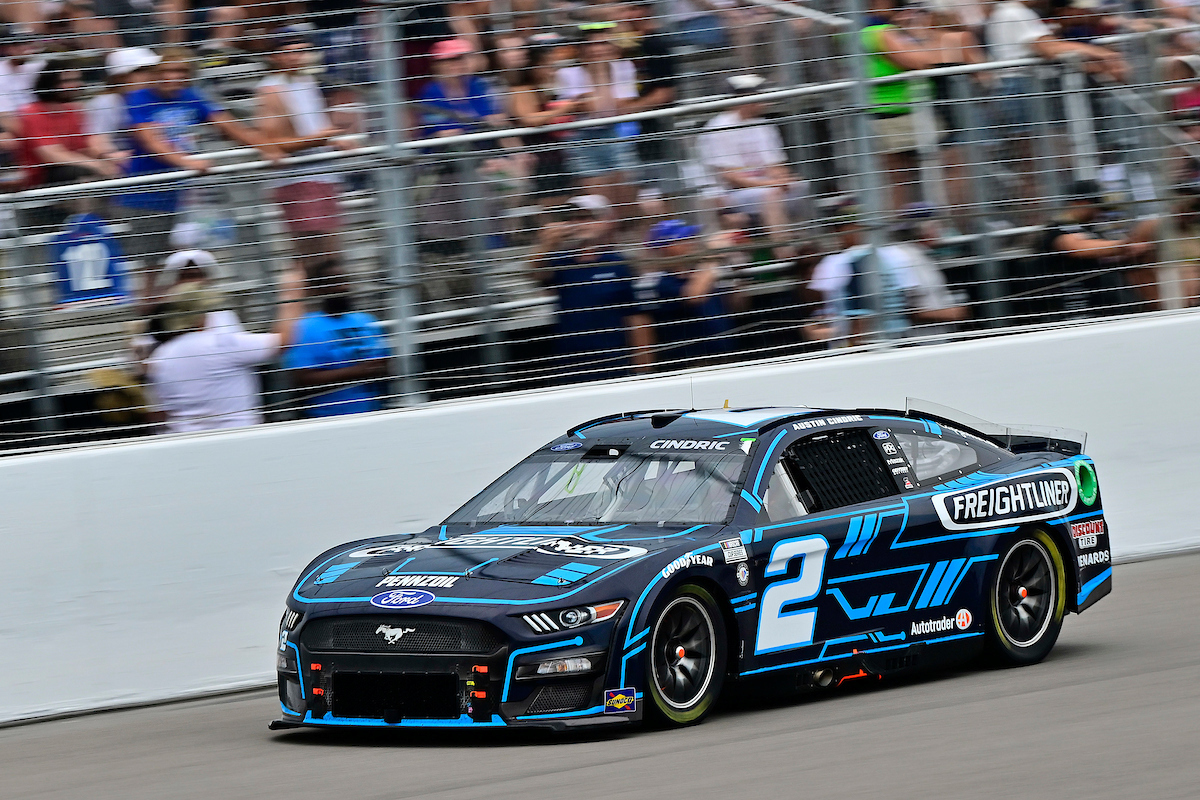Do NASCARS turn right?
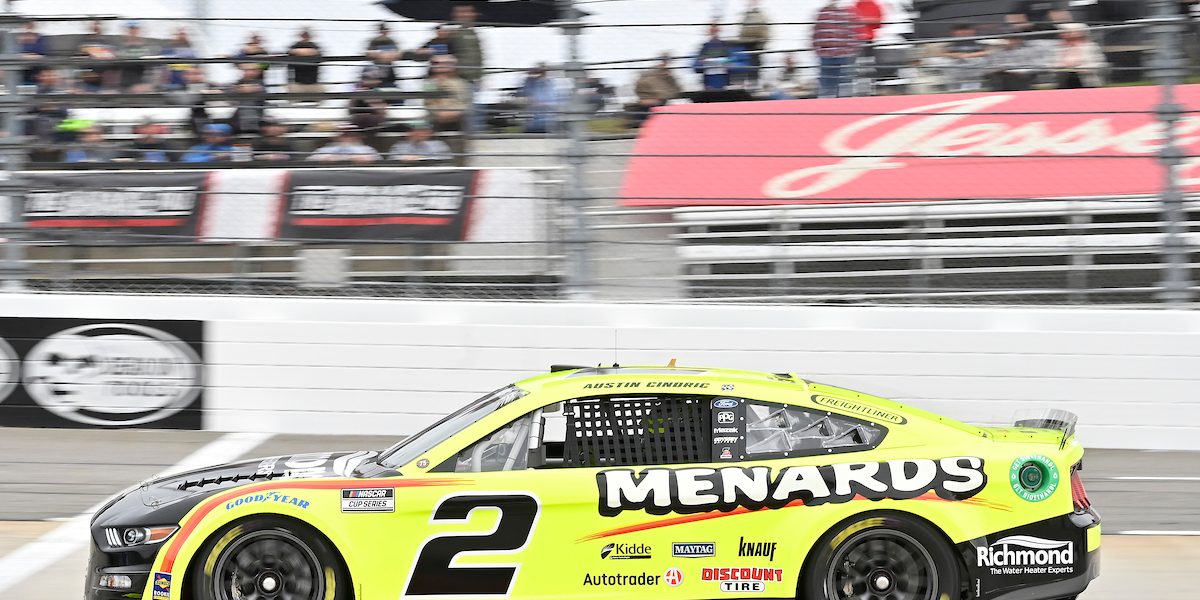
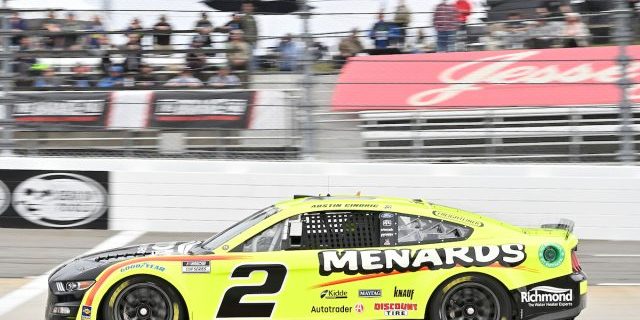
You’ve probably heard the joke or the stereotype that NASCAR is just a bunch of cars turning left for hours. Does that mean NASCAR cars never turn right?
Contrary to popular belief, NASCAR vehicles do turn right, particularly in road courses that include a combination of left and right turns.
Table of Contents
In This Article
In this article, we’re going to dive deep into the details of NASCAR racing, particularly focusing on the types of tracks where you’ll find those elusive right turns. We’ll also examine the engineering behind these machines that allows them to turn in both directions, effectively dispelling the myth once and for all.
A Detailed Explanation on NASCAR Turning Right
Types of NASCAR Tracks
Firstly, let’s discuss the different types of NASCAR tracks. The common belief that NASCAR vehicles only turn left likely stems from the popularity of oval tracks in the sport. On these circuits, indeed, cars only need to turn left. However, NASCAR also includes road courses in their various series. Road courses are a mixture of straight sections, left turns, and yes, right turns. Examples include Watkins Glen International and the Sonoma Raceway.
Engineering Behind the Turns
Another aspect to consider is the engineering of a NASCAR vehicle. While it’s true that NASCAR cars are optimized for left turns, especially for oval tracks, it doesn’t mean they can’t turn right. These cars have symmetrical suspensions adjusted for road courses, allowing them to navigate right turns without any significant difficulty.
Skill of the Driver
The driver’s skill is also a crucial factor when it comes to turning right. NASCAR drivers are trained to handle various kinds of tracks, including road courses. Making a right turn involves a different set of skills and maneuvers compared to a left turn, and drivers are well-equipped to handle both.
The Myth Debunked
So, the statement that NASCARs only turn left is not only simplistic but incorrect. In road courses, right turns are not just possible; they’re an integral part of the race. On these tracks, drivers showcase their ability to navigate both left and right turns, breaking the stereotype and demonstrating the versatility of the sport.
Here’s everything else you need to know about the misconceptions and intricacies of NASCAR’s relationship with turning right.
Related Questions You Might Have
What Adjustments Are Made for Road Courses?
When preparing for road courses, NASCAR teams make several adjustments to the car’s setup. The symmetrical suspension is fine-tuned, brake bias is often adjusted, and sometimes, different gear ratios are employed. This allows the vehicle to handle the complex combination of left and right turns along with various elevation changes in a road course.
Do NASCAR Drivers Train Specifically for Road Courses?
Absolutely. Drivers go through rigorous training regimes to excel on road courses. Simulators, track days, and even specific exercises help them get ready for the unique demands of these tracks. They practice not just the right turns but the transitions, the chicanes, and the unique characteristics that come with road courses.
Why Are Oval Tracks More Common?
Oval tracks are a staple in American motorsports, and they offer a different kind of excitement. The high-speed, left-turn-only environment provides constant action and requires a different set of skills and strategies from road courses. The predominance of oval tracks might contribute to the misconception that NASCARs can’t turn right, but it’s essential to remember that the sport offers a diverse range of tracks.
Do NASCAR Cars Have Special Tires for Right Turns?
Yes, NASCAR uses different tires for road courses compared to oval tracks. These tires are designed to handle the stresses of both left and right turns and are versatile enough to cope with the varying demands of a road course. Often, they’re symmetrical or even directional, offering balanced performance for an array of maneuvers.
How Do Pit Stops Vary Between Track Types?
Pit strategies can be vastly different between oval tracks and road courses. In road courses, tire wear and brake wear tend to be more balanced due to the diversity of turns, so pit crews have to be prepared for a different set of challenges that include dealing with both types of turns.
Do NASCARS turn right? – Final Thoughts
You’ve come a long way in understanding the nuances of NASCAR, particularly regarding the capability of these powerful vehicles to turn not just left, but right as well. The myth that NASCAR is all about left turns has been effectively debunked. From the variety of tracks, including road courses, to the specialized engineering and the highly trained drivers, NASCAR is a sport of complexity and skill that goes far beyond the stereotype.
As you tune into the next NASCAR race, whether it’s on an oval track or a challenging road course, you’ll now have a deeper appreciation for the skills and technologies that make it possible for these cars to navigate any turn with precision. So, the next time someone jokes that NASCARs can’t turn right, you’ll know better—and can enlighten them too.
Do NASCARS turn right? – Frequently Asked Questions
Do NASCARs use power steering?
Yes, NASCAR vehicles are equipped with power steering to help drivers navigate the high-speed turns with more ease.
Can NASCARs go in reverse?
NASCAR cars do have a reverse gear, but it’s rarely used, generally only to exit a tricky situation or to get back to the pits.
Are all NASCAR tracks oval?
No, NASCAR features a variety of tracks including road courses, short tracks, and superspeedways, in addition to traditional ovals.
What’s the average speed of a NASCAR car on a road course?
The average speed on a road course can vary greatly but generally ranges from 80 to 110 mph, depending on the specific track and conditions.
Do NASCAR cars have a passenger seat?
No, NASCAR vehicles are single-seater cars built specifically for racing and do not include a passenger seat.
I hope this article has been enlightening and adds to your enjoyment and understanding of this fascinating sport.

